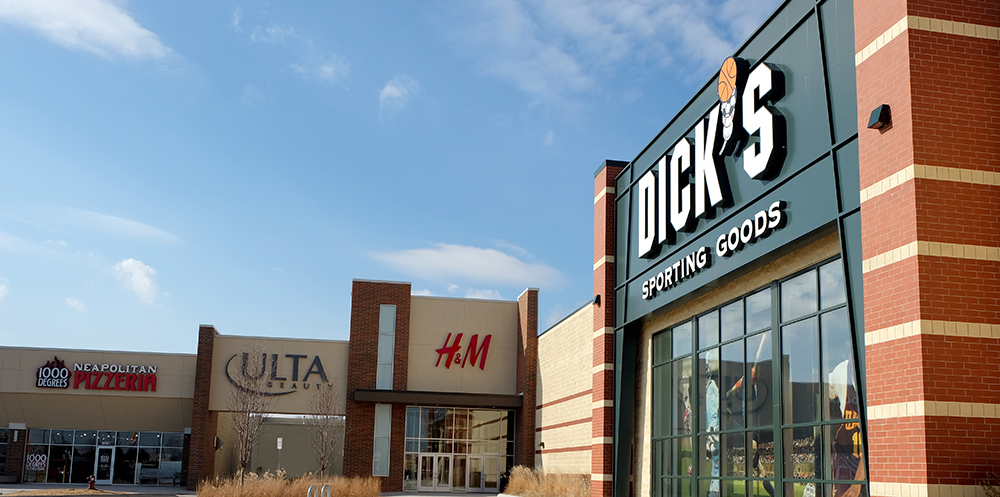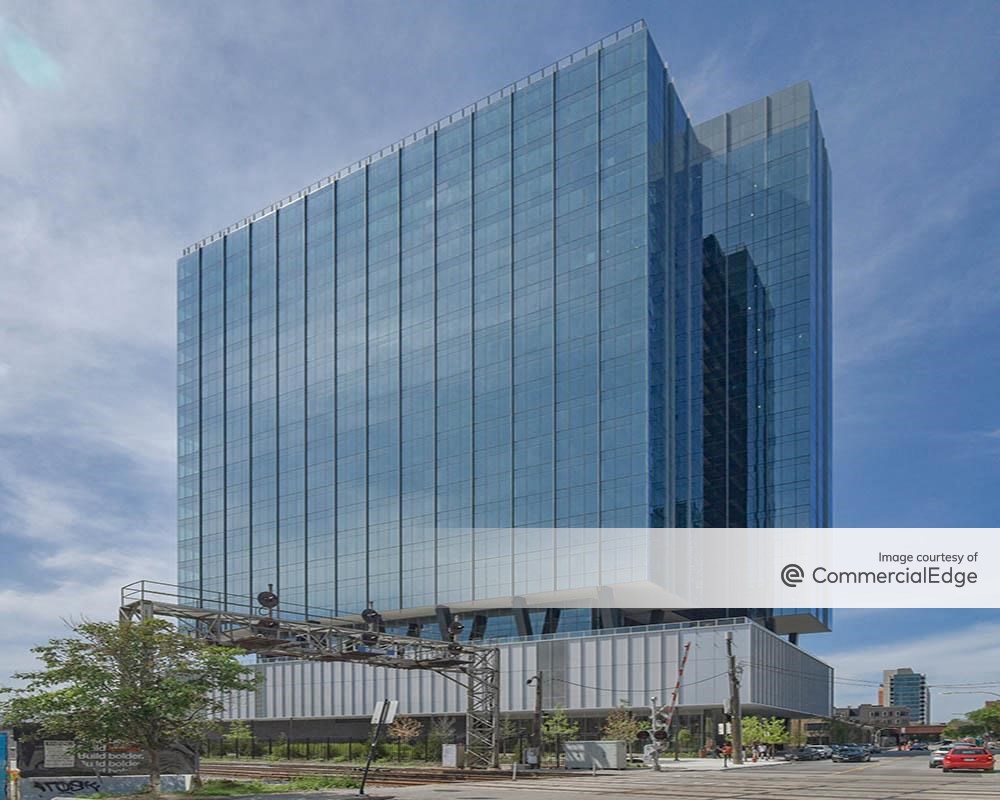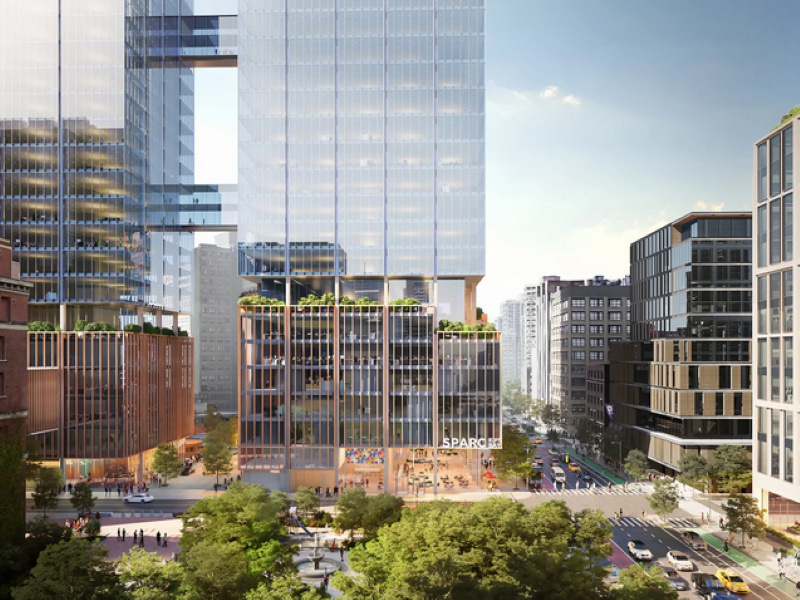Are Metro Detroit’s Outdated Shopping Malls Going Extinct?
The life and death of shopping malls in the Detroit area. Can they be revived?
By Alexandra Pacurar, Associate Editor
Detroit—With Sears’ recent announcement that it will close 78 of its stores nationwide and once iconic shopping malls such as Summit Place in Waterford or Northland Mall in Southfield now closed, it is fair to say that the retail sector is going through some changes. A transition to the modern era is the optimistic version, as some pessimists are already bemoaning the death of the traditional shopping mall.
Experts in the commercial real estate industry simply state that these shopping malls, built in the 50s and 70s, have run their course and point out how such units can be revived (because, yes, that too is a possibility).
Iconic malls facing the wrecking ball
Northland Center in Southfield opened in 1954 and it’s known as the first regional mall in the U.S. The shopping center closed in April 2015. Currently, local authorities are planning the use of the 114 acres after the demolition of the complex. The City of Southfield is also considering buying the adjacent buildings of the former Target and J.C. Penney, now owned by Triumph Church.
“We presently have Target under option. We are in discussions with Triumph Church”, said Fred Zorn, Southfield City Administrator. Options for redeveloping the site are under discussion. “We have retained a planning, economic development consulting team – OHM Advisors”, Zorn said. This was a fortunate case, since the local authorities found the financial resources to buy the place.
That’s not the case with Summit Place Mall, though officials are highly involved in the redevelopment process. Summit Place Mall in Waterford opened in 1963 and once had as many as 200 tenants. Recently, the shopping center ended up on the township’s “dangerous buildings” list after being shut down in 2009.
The owners, SD Capital Partners Los Angeles, were summoned by local authorities to make a decision on the possible demolition of the building, currently the only viable solution to revive the location. “The Dangerous Buildings Hearing Officer gave them 60 days to respond when we reconvene on June 14th”, said Gary Wall, Waterford Township Supervisor. In case they will get no answer, the township will look for funding to raze the degrading structure. What would be a winning revival plan for Summit Place? “Re-development of the site for mixed-use”, said Wall.
Eastland Center in Harper Woods opened in 1957 it’s also facing uncertainty. Owned by Ashkenazy Acquisition, which also owned Northland, the mall is registering a decrease in tenant occupancy while its proprietor is re-scheduling the payment of a $39.5 million loan. But it seems that in this case, the structure and planning of the mall are at the core of the challenges it faces. “The layout is just terrible and it’s just not conducive to modern day retail”, said Christopher Brochert of Lormax Stern Development, a company which develops and operates shopping malls in the U.S.
Macomb Mall—a successful transformation
While the classic shopping malls are facing important challenges in the era of online shopping, there are ways to revive such businesses. One such example is Macomb Mall in Roseville, Michigan. The property was bought in 2013 by Lormax and Stern. “It was in a terrible state. We bought it from a lender who took the building from the previous owner”, Brochert told Commercial Property Executive. At the time, retailers at Macomb were mostly low-end merchandisers such as disposable cell phones stores, a lottery store, a cigarettes and tobacco store, but also a $1 theater.
However, Lormax Stern saw the favorable premises for developing the facility and had already been in contact with some retailers who wanted to be located at Macomb. “What was good about the mall was its location. It was in a very densely populated area, where consumers had a very high disposable income and there were no opportunities for new retail to come into that area”, Brochert said.
Addressing the customers’ needs
The company built on that favorable basis and invested in the reorganization of the retail space, taking into account the needs of the new tenants. “We secured a lease with Dick’s Sporting goods for 50,000 square feet”, said Brochert. Therefore, the 150,000-square-foot Crawley’s store was torn down and replaced with a brand new space for Dick’s Sporting Goods. The new construction also added 25,000 square feet of retail space connected to the interior of the mall. The old movie theater was also demolished to make room for a new anchor store.
Also, all the common areas were redone. “The interior common areas of the mall were outdated by 25 years. Let’s just say it was not very consumer friendly. We upgraded all the interior common areas and we upgraded all the exterior entrances into the shopping areas”, Brochert added. Lormax and Stern also brought in new tenants like H&M and kept some of the old ones.
“We increased the size of Champs and signed a new deal with Old Navy. Also, Bath & Body Works built a brand new store. Our sales are up 50 percent from last year. Some of the stores are in their top 5 units in the Metropolitan Detroit Area”, Brochert said.
Shopping malls in Metro Detroit did not close because of competition. “You have a unique situation in southeast Michigan. We didn’t overbuild for retail like other areas around the country”, Brochert said. However, experts in the industry claim there is no room in southeast Michigan for the construction of new malls. This only means that a better management of the existing units could be the winning ticket.
Image courtesy of Macomb Mall








You must be logged in to post a comment.